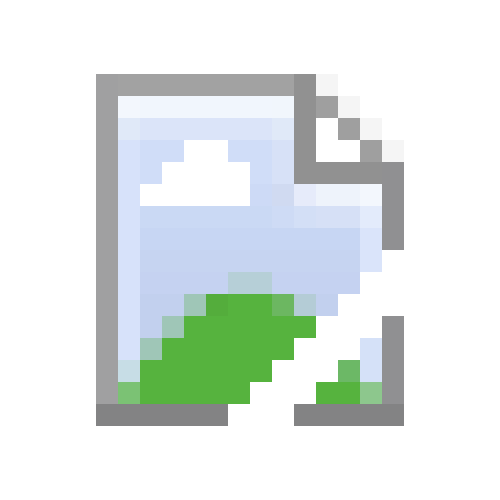

First I’ve heard of that.
It is indeed a new thing. For the reasons you’ve mentioned this was an option for enterprise customers for earlier versions of Windows as well, but this time they are making the option available to home consumers too. I can’t really see too many people paying for this though. Those who care will move on to Windows 11 (or whatever is out there by then) and others will simply keep running an unsupported / not updated OS. In all likelihood, MS will keep providing security updates for the latter for free in the end.






While Manjaro is perfectly fine, this is no longer true. With the
archinstallscript you can have even Arch up and running in minutes. It’s still not graphical or straightforward as a Manjaro installation, but it’s certainly not painful. EndeavourOS may be the closest to Arch with simple installation.